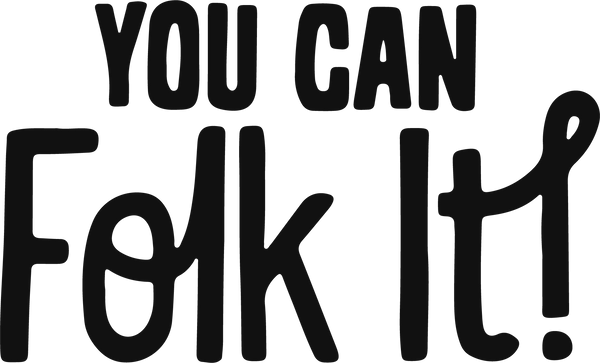Brushstroke Surgery - How To Improve Your Comma Strokes
You have bought your masterclass, diligently followed Carol's instructions yet something just isn't right? Folk Art takes practice and if you are struggling to paint the perfect comma stroke, believe us when we tell you, you are not alone. The good news is there are a few common mistakes we make when we are starting out, while we are training ourselves how to hold the brush and move it correctly. Here we have put together a few practice sheets for you to look at.
If the comma strokes seem familiar, read on to find out how to improve.

"They start off ok but I can't seem to paint a nice neat tail. The brushstrokes just seem to disappear"
Disappearing brushstrokes can be down to a lack of paint - if your paint is too thick or if you haven't loaded your brush with enough, you will run out before you reach the end of your stroke. However, if you are confident the other issue going on here is that you may be lifting or flicking your brush too quickly towards the end.
HOW TO SOLVE THIS ISSUE....
Take your time. Once you flatten your bristles against the page and start moving the brush, continue slowly and stay in control of your brushstroke from beginning to end. When you move the brush you should be doing that with your arm rather than moving the brush with your fingers. Sloooow down and allow the bristles to come back to a point as you lift the brush from the page.

"Comma strokes? They look more like tadpoles"
You create a fat end and a thin tail but they aren't as elegant as they should be. This happens when you are lifting the brush away from the page too fast. You might be moving your arm and not flicking the brush but you are not giving the brush the time it needs to spring to a point.
HOW TO SOLVE THIS ISSUE....
Remember, the brush is your friend! You do not create the stroke, instead, your job is to gently guide the brush to do the hard work. Push the bristles against the page, allow them to spread out then slowly and calmly lift the brush away from the page gradually. It will take practice but it will happen.

"I can't get rid of those pointy bits at the start of my comma strokes"
This happens when you start moving the brush before you have applied full pressure on to the bristles so they start painting the stroke before they fully fan out.
HOW TO SOLVE THIS ISSUE....
Avoid the pointy tops by holding your brush still and flattening the bristles against the paper and pausing. Allow the bristles to fan out and paint a nice round top before lifting the brush away from the paper.
The biggest lesson to take away from these pointers is to take your time. When we are excited, when we are used to going at a certain speed, it can take a while for us to slow things down but the results will definitely be worth it.
We cannot emphasise enough how invaluable each video in our masterclass really is. Don't be afraid to watch the 10-minute segment on painting the comma stroke. Each time you watch the instructional videos, it not only reinforces what you have already learnt but you hear new hints and tips you may have missed the first time around.
If you have a problem with your brushstrokes that we haven't covered here, tag us in your posts or send a photo of your brushstrokes to us and we are happy to give you personal feedback and tips.
Until next time x
|
